You can't out-train a bad diet
We're all familiar with the age-old mantra, "you can't out-train a bad diet" but what does that actually mean? How does tracking food intake fit into healthy dietary routines and how will it help you feel and look great?
In order to properly control your body composition, training and nutrition must both be properly balanced.
I'm sure I speak for most of us when I say that we've all heard the phrase "you can't out-train a bad diet" at least once in our lives. The saying certainly sounds good, but what exactly do those words mean? And more importantly than anything else, how does tracking food intake factor into healthy dietary routines and how will it help you feel and look great?
I'm not going to tell you that by tracking your food intake alone we'll somehow transform you into a greek god or goddess; because we all know that's not possible. However what I will say is this: the right tools combined with the proper information, when applied to your daily life, can make a world of difference in how you look and feel.
By tracking your food intake we help our clients adopt effective, yet simple habits in regard to food preparation, shopping and incorporating the right variety of nutrient-dense foods within your diet. This gives them the opportunity to control their body composition, metabolic rate and general health.
Having worked with hundreds of clients over the years, I've noticed several patterns when it comes to dietary habits. The first is that "healthy eating" is typically confused with "eating healthy foods". When you start your day off with a protein shake or oatmeal, because you read it on a blog, and finish the day with fast food drive-through; you're not eating healthy foods. You may be eating healthy, but what we really care about is nutrition: getting the right macronutrients (carbohydrates, proteins, and fats) at the right times to give your body energy for your daily activities as well as maintain and/or build lean muscle.
The second pattern I've noticed is the lack of preparation and planning when it comes to healthy eating. This often leads to fast food, convenience foods, and other unhealthy choices because they're easy and require little time and effort (and most importantly: no thought). This ultimately translates into people feeling and looking sluggish, tired and out of shape.
Being healthy doesn't mean constantly obsessing over every bite you eat, but it does require some effort in the form of preparation and planning. What many people don't realise is that tracking food intake isn't complicated. It's about learning how to manage time and prioritise your health so you can avoid making poor dietary choices.
So now that you know why tracking food intake is important, your next question may be how does it work? This is an excellent question and if you've never used any apps or other devices for this purpose I'll break it down into three simple steps:
STEP 1 - Plan Ahead When You Know You'll Be Busy
If you know that at certain times during the day you're going to be busy; avoid these situations by planning ahead. This can be anything from planning your work lunches, organising your evening activities, or preparing snacks for when you're on the go. When you plan ahead like this, it helps keep you accountable for making healthy choices because if you don't prepare, fast food and convenience foods will.
STEP 2 - Tracking Food Intake Doesn't Have To Be Complicated
Tracking devices like the My Fitness Pal app (or any other that you might use) are great for this because they make it easy to keep track of your food intake in an organised and time-efficient way. You can log in food items and add them to your daily, weekly, or even monthly menu so you don't have to keep track of everything manually.
STEP 3 - Tracking Your Activity Helps Keep The Process On Point
If the only exercise you do is lifting heavy things like beer kegs and shopping bags; it's no wonder you're out of shape. You need activity, but not just any activity: training specifically designed to incorporate heavy strength training and cardiovascular/energy systems work. Having a pre-planned exercise regimen also makes it easier for you to eat right because you can track your exercise on My Fitness Pal or another tracking device if you have one.
In the end, the goal is always to improve your health and it's important to be consistent in order for this to happen. Making small changes can have a big impact on your quality of life.
Take time every day to plan ahead, be consistent with your activity schedule and track everything you eat. After doing this consistently for weeks you'll begin noticing a positive change in your physical and mental well-being.
